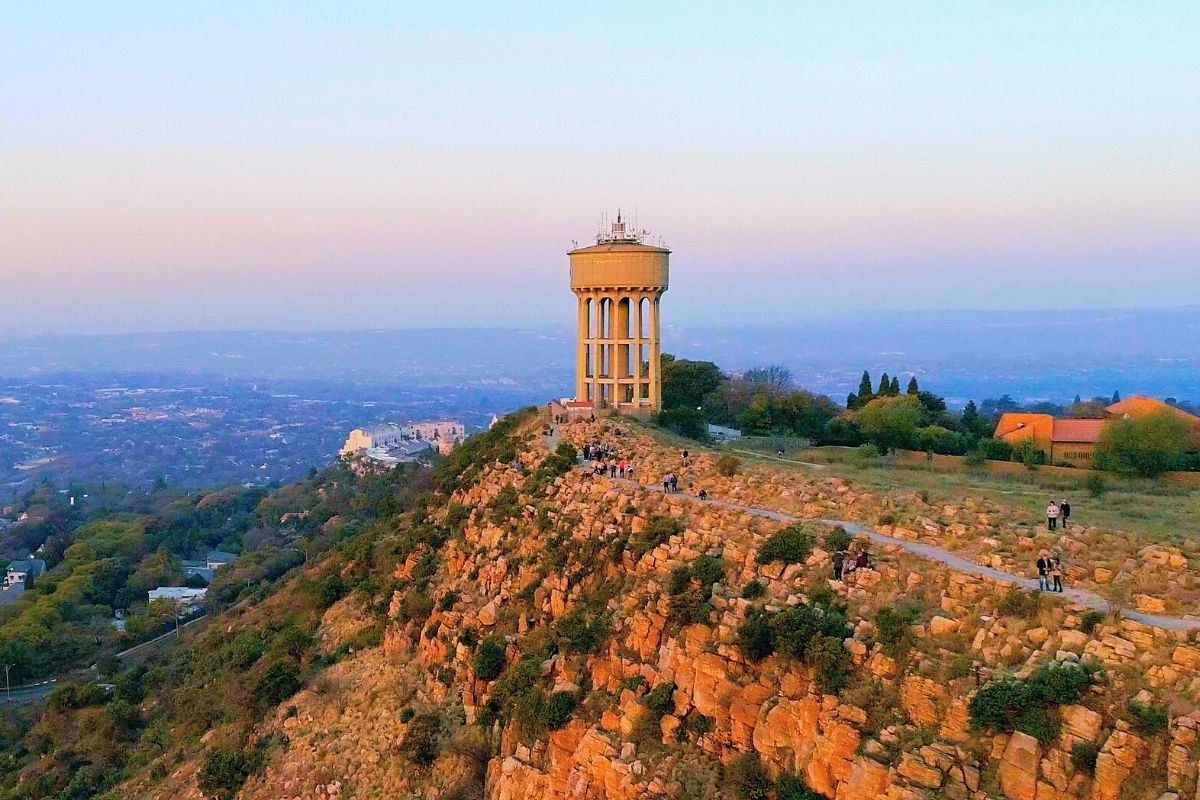What Does Johannesburg North Attractions Mean?
What Does Johannesburg North Attractions Mean?
Blog Article
Johannesburg North Attractions for Dummies
Table of ContentsThe Basic Principles Of Johannesburg North Attractions Johannesburg North Attractions Fundamentals ExplainedSome Ideas on Johannesburg North Attractions You Should KnowSome Known Details About Johannesburg North Attractions The Ultimate Guide To Johannesburg North AttractionsSee This Report about Johannesburg North Attractions
The city expanded on the edge of the Witwatersrand Key Coral reef, a subterranean stratum of gold-bearing quartz-silica empire that arcs for hundreds of miles below the Highveld - Johannesburg North attractions. Many of the gold mines in the city stopped operation in the 1970s, however in its day the Witwatersrand gold industry accounted for more than 40 percent of the world's annual gold production.Johannesburg has a temperate climate. The city enjoys about eight hours of sunshine per day in both wintertime and summer.
What rain the city receives falls virtually solely in the summer season, frequently in amazing late-afternoon electric tornados. Air air pollution presents a significant problem, particularly in the winter season, when thermal inversions hamper the westward circulation of air from the Indian Ocean. Air pollution is most severe in the largely worked out Black areas on the city's periphery, where numerous homeowners still rely upon coal for fuel.

The Best Strategy To Use For Johannesburg North Attractions
The balance of the city is occupied by whites. Lodging differs in character and high quality. Soweto is notorious for its unlimited rows of municipally developed, two-room matchbox homes, yet it additionally has a few thriving enclaves along with bristling squatter camps, where tens of thousands live without water, electrical power, or hygiene facilities.
Physical growth, although rather limited by transport, continued quickly as migration to South Africa, and Johannesburg particularly, enhanced substantially. This problem was solved in the 1930s when the automobile was introduced in mass production to South Africa. Automobiles were, essentially, confined to the well-off, and allowed them to move to the north of the city and commute into the centre.
Many bad suburban areas were combined, with bad blacks and whites cohabiting, although the wealthy suburban areas were generally scheduled for whites. This transformed with the political election of the National Event in the 1948 elections, who started to formalise the system understood as racism. Discrimination formally marked which residential areas each race might live in under the Team Locations Act.
The estimated populace of the area is 200,000, [] yet the variety of people staying in the central city on an informal basis is unknown, as several are unlawful immigrants. A lot of higher-income citizens and white people have actually transferred to the northern residential areas and have been replaced by lower-income black individuals. The joblessness, education and learning, and age accounts of the location are all unidentified, as a result of the difficulty of acquiring reliable details concerning the area.
Unknown Facts About Johannesburg North Attractions
Centred on the CBD, the region includes the residential areas of Yeoville, Bellevue, Troyeville, Jeppestown, and Berea to the eastern. To the west it infects Pageview (Johannesburg North attractions) and Fordsburg. There are little industrial parks to the south, such as City West-Denver and Benrose. Around 800,000 commuters go through the inner city everyday, and it functions as a local purchasing node for site visitors from the southern residential areas. Yeoville and Bellevue have a mix of home buildings and solitary property units on little lots. The region lies on a mountainous divide that runs from east to west. The most noticeable geographic feature is Observatory Ridge, which is called for the big observatory located on it. The recreational areas are no much longer utilized, as a result of protection troubles.

Johannesburg Stadium, a training ground for both the Golden Lions and Orlando Pirates, is surrounding. The eastern residential areas of Johannesburg lie in the city's 7th [] and view publisher site 9th [] regions. The area is additionally functionally integrated with East Rand border towns beyond the official limit of Johannesburg, such as Bedfordview and Edenvale (both part of Ekurhuleni Metropolitan Community).
The 5-Minute Rule for Johannesburg North Attractions
R. Tambo International Flight Terminal). The eastern suburbs are several of visit homepage the oldest areas of Johannesburg, there are huge communities of Jewish and various other European histories, most of the population is English talking. There are three golf links along with a number of protected ridges with viewsites. There are several well-developed and up-market entertainment and shopping areas in the eastern such as the Eastgate Shopping Center and the Greenstone mall.
Initially built to house male migrant employees, many have actually been improved as residences for pairs and families. The suburb was not traditionally enabled to create work centres within the area, so nearly all of its residents are commuters to other components of the city.
A Biased View of Johannesburg North Attractions
The N1 Western Bypass links the north suburbs with the north-western suburbs. The houses in the north residential areas are primarily formal, without considerable locations of casual real estate, or real estate that does not have an irreversible structure. Although this is a well established area, there is a trend of land use modification from domestic to commercial, specifically along primary arterial roadways and around established nodes.
Roadways to the east and west are much less well established, as there are no highways see it here taking a trip in that instructions. In the direction of the north boundary of the city, the thickness of growth lowers, leaving huge locations of primitive land around Midrand.
The Facts About Johannesburg North Attractions Uncovered
The very first suburb to the north of the inner city is Parktown, which lies on a hill overlooking the internal city and Hillbrow. It has numerous wealthy homeowners and Edwardian-style mansions, in addition to the Education and Medical schools of the College of the Witwatersrand. The big concrete Charlotte Maxeke Johannesburg Academic Healthcare Facility dominates the skyline of Parktown.
Report this page